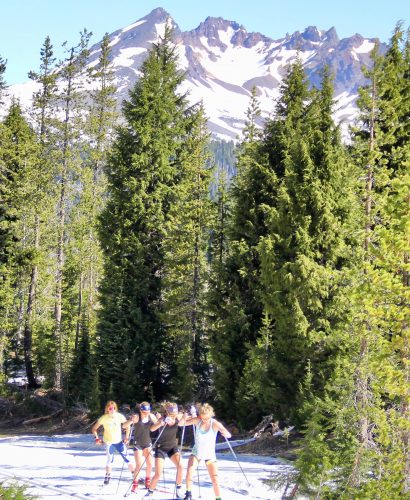
The girls working together in intervals with a pretty amazing backdrop! (photo by Bryan Fish)
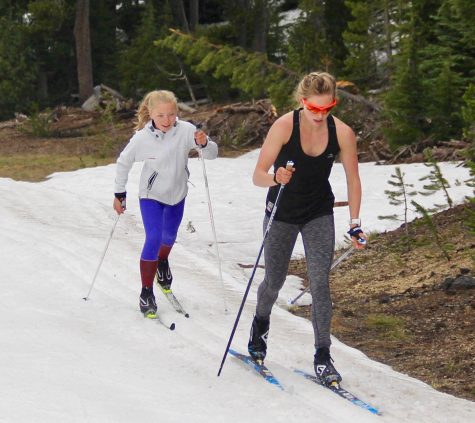
Isabelle hopping in for some interval work. (photo from Bryan Fish)

Erik leading one of the younger skiers up the hill in V1 technique drills (photo from Bryan Fish)
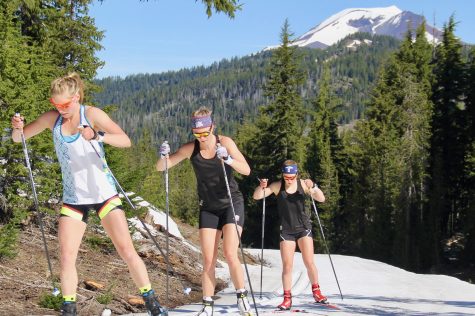
Taking my turn to help lead the group interval workout (photo from Bryan Fish)
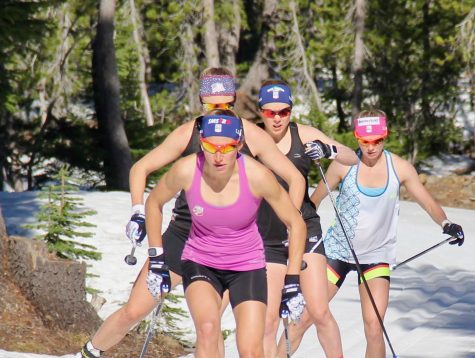
Sophie leading the pack of girls in L3 skate intervals like a boss! (photo from Bryan Fish)
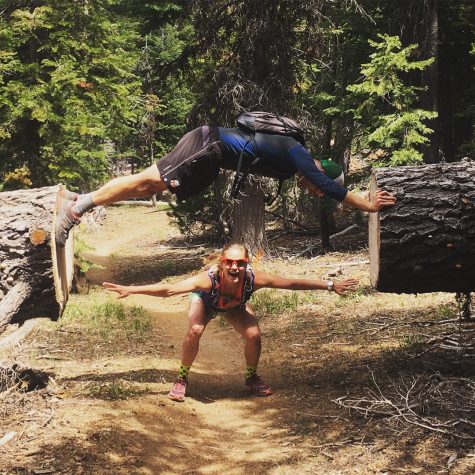
Matt putting the fun into our last long workout of the camp when we were all pretty tired! (photo from Kelsey Phinney)
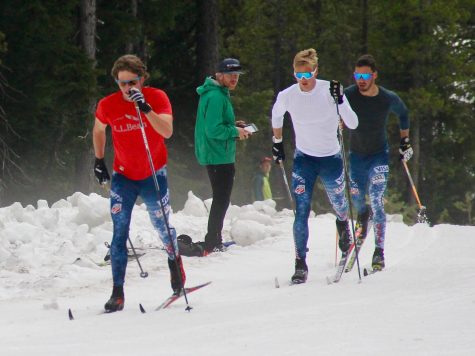
Scott, Erik and Torch working together to get faster (and Chris coaching)! (photo from Bryan Fish)

You don’t have to be best friends…although sometimes you just end up finding people you love hanging out with! (photo from Kevin Bolger)
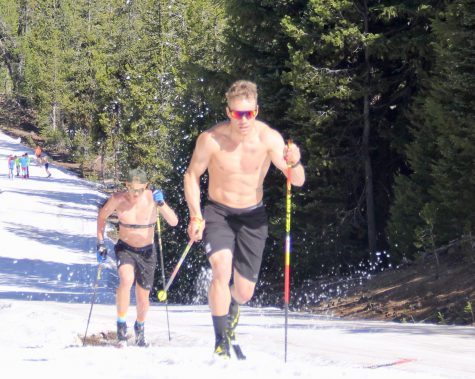
Simi and Gus working on speeds (photo from Bryan Fish)
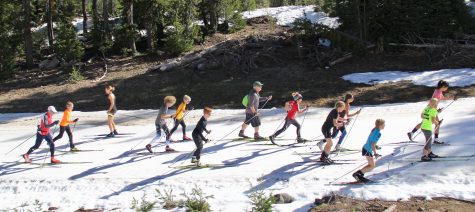
Lots of younger skiers out loving the skiing, too! (photo from Bryan Fish)
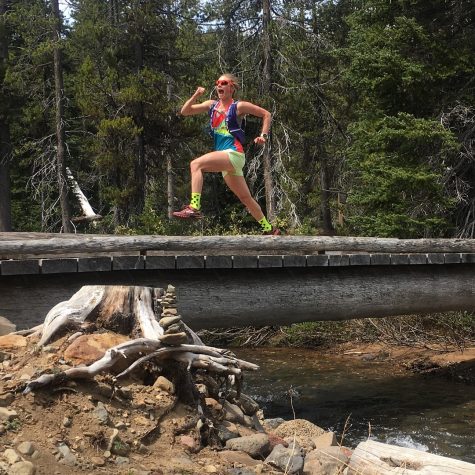
Me, running like a bear is after me (photo from Kelsey Phinney)
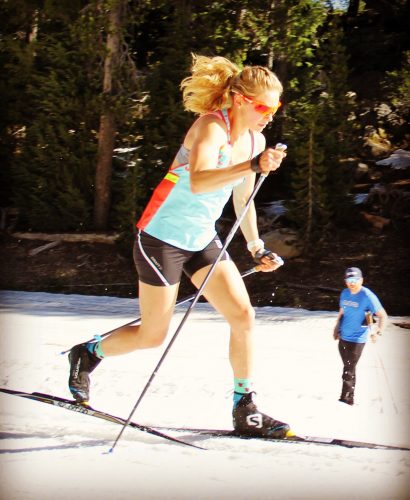
Working on speed! (photo from Bryan Fish)
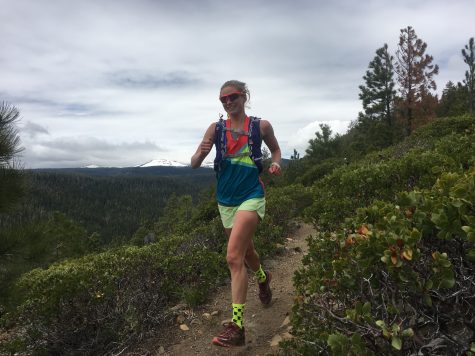
A gorgeous part of our last running loop (photo from Kelsey Phinney)
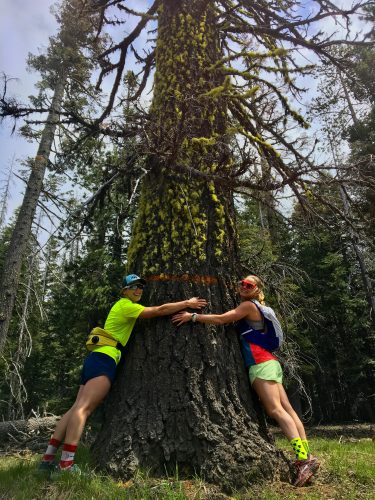
Kelsey and I being tree-huggers on a long run (photo from Matt Whitcomb)
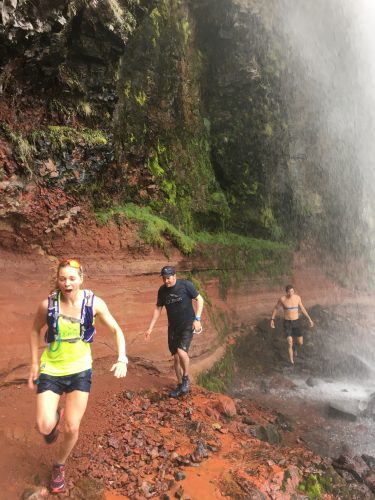
A little cold water dunk can REALLY help you sleep hard at night!


